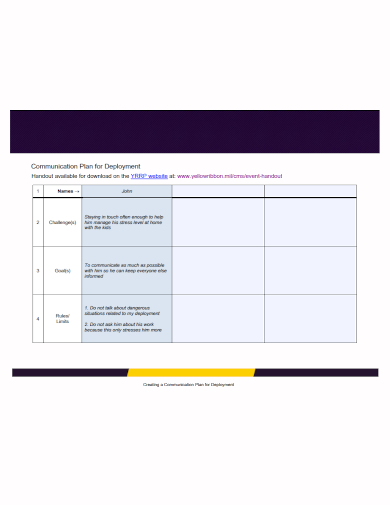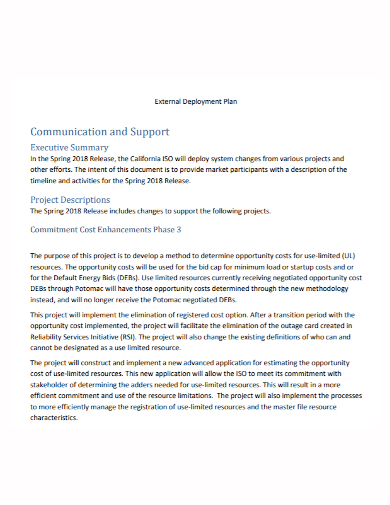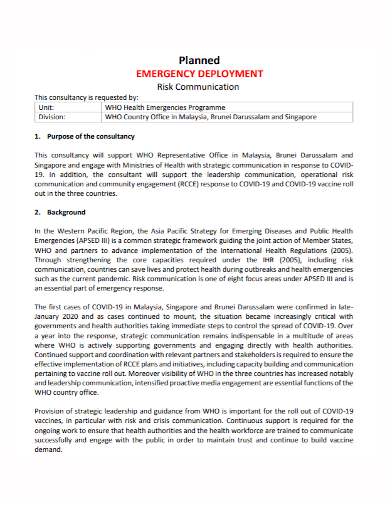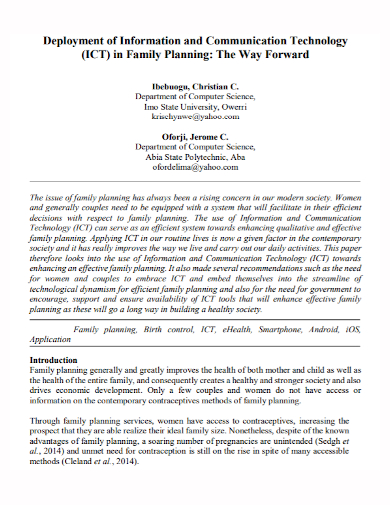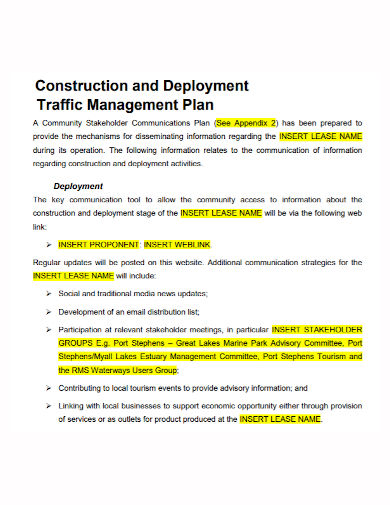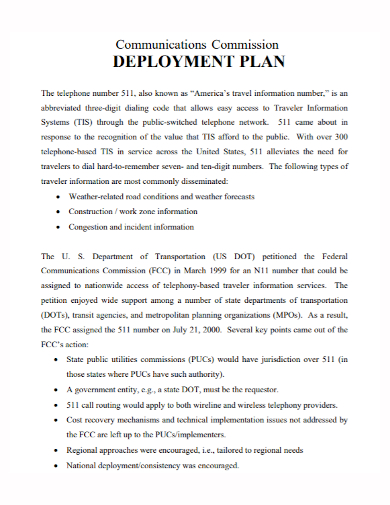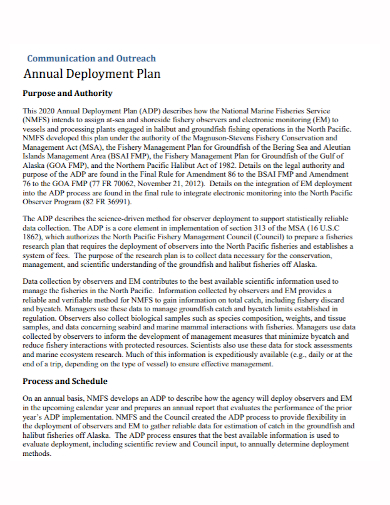This article assists in making the transition as seamless as possible in a world where everyone loves progress and no one appreciates change. Follow these simple steps to create a deployment communication plan that is specific to your organization: Determine who your target audience is, select the appropriate communication channels, create and plan content, make a communication schedule and stick to it, and assess and improve. You might believe that deployment planning occurs after your product has been built, tested, and delivered. The most effective deployment plans, on the other hand, are executed during the early phases of development and throughout each stage.
The deployment strategy specifies the scope, approach, and execution for the project deliverables’ deployment. Before, during, and after deployment, the plan includes information about system support, issue tracking, escalation mechanisms, and roles and duties, as appropriate. The deployment plan is designed to ensure a smooth transition for clients, stakeholders, and support employees to the new product or program being implemented. Whether there is one site or numerous sites, a single deployment, or a phased deployment is planned, the deployment plan defines each step of the deployment process at each deployment location.
10+ Deployment Communication Plan Samples
1. Deployment Communication Plan Template

2. Deployment Communication Plan
3. Communication Plan for Deployment
4. External Deployment Communication Plan
5. Communication Suite Deployment Plan
6. Risk Communication Deployment Plan
7. Deployment Technology Communication Plan
8. Deployment Management Communication Plan
9. Deployment Commission Communication Plan
10. Annual Deployment Communication Plan
11. Generation Deployment Communication Plan
What is a Deployment Communication Plan?
Shared resources that encourage consistency in the team’s deployment process are included in a deployment communication plan. If a new program feature is being launched for clients, a software deployment checklist may include specific metrics, such as page loading speed, that different personnel must check and document on a daily basis.
Creating a Deployment Communication Plan
- Identify your audience – Many stakeholders must be considered when describing a specific transformation. This process change will touch a wide range of stakeholders, from executives to business users, customers to partners, and affiliates to subsidiaries. First, identify all of your different audiences and then devise a communication strategy.
- Choose the exact communication channels – Consider the various sorts of stakeholders you’ve identified and the most effective communication methods for each. Remember what they need to know about certain services and how their current workflows will alter.
- Plan and develop content – Your communications should include the following while delivering the message:
• Overarching objective: What is the larger picture? How does it relate to the goals of your company?
• Goals: How do you define success?
• Reasons: There are a variety of reasons why your company is employing services. Explain the business case and provide evidence to show how this change will benefit the company.
• Information particular to stakeholders:
– Share what is changing and what is not changing for the stakeholder.
– Highlight the benefits that this move will bring to stakeholders and answer any concerns that some services may have.
• Include a project timeline in the next steps. Provide stakeholder-specific information and advice on how to make the transition go smoothly. Include specific support plans so that stakeholders know where to go for assistance if they need it. - Plan a communication schedule – Organizations that provide a consistent cadence of communication before and after deployment have shown to have higher adoption rates and user satisfaction. Plan when and how you’ll send each audience a message about the process change, and make sure you start well before the change goes live. Collaborate with your internal communications or marketing team to guarantee that material is developed and distributed on time.
- Evaluate and improve – Consider implementing an internal feedback loop for your end-users, such as an internal online survey or internal user groups, to collect feedback and learn from any issues that may arise. This will provide you with a better understanding of the end user’s experience and how the communication process can be improved for future rollouts.
FAQs
What information needs to be gathered to create a deployment plan?
– Deployment objectives and key success elements
– The roles and responsibilities of the parties engaged in the project deliverables deployment
– Task and resource requisitions
– How team members will communicate
– How concerns will be tracked and resolved
– Options for backing out
– BC/DR Requirements
– Training Plan
When should a deployment communication plan be written?
The planning process begins at the design phase and continues throughout the project’s lifespan.
Why do you have to create a deployment schedule?
A deployment schedule divides production deployment into digestible activities that can be delegated to particular team members. Each task should have a person in charge of it, as well as clear start and end dates. Setting the software update live on your site, checking your help desk for customer concerns, and responding to those inquiries quickly are just a few of your responsibilities.
If you want to see more samples and formats, check out some deployment communication plan samples and templates provided in the article for your reference.
Related Posts
FREE 9+ 30-Day Marketing Plan Samples in PDF | MS Word | Apple Pages | Google Docs
FREE 3+ Sales Team Action Plan Samples in PDF | MS Word | Apple Pages | Google Docs
Marketing Plan For Small Business Samples
FREE 7+ Fashion Business Plan Samples in PDF
FREE 10+ Sprint Planning Samples In MS Word | Google Docs | PDF
FREE 10+ Wedding Planning Samples in MS Word | Apple Pages | Powerpoint | PDF
FREE 9+ Monthly Study Planner Samples in PSD | Illustrator | InDesign | PDF
FREE 9+ Sample Curriculum Planning Templates in PDF | MS Word
FREE 10+ Teacher Development Plan Samples in MS Word | Google Docs | Apple Pages | PDF
FREE 10+ Basketball Practice Plan Samples in PDF
FREE 12+ School Business Plan Samples in PDF | MS Word | Apple Pages | Google Docs
FREE 7+ Client Strategic Plan Samples in PDF | MS Word
FREE 11+ Trucking Business Plan Templates in PDF | MS Word | Google Docs | Pages
FREE 7+ Small Hotel Business Plan Samples PDF | MS Word | Apple Pages | Google Docs
FREE 14+ Bakery Business Plans in MS Word | PDF | Google Docs | Pages


